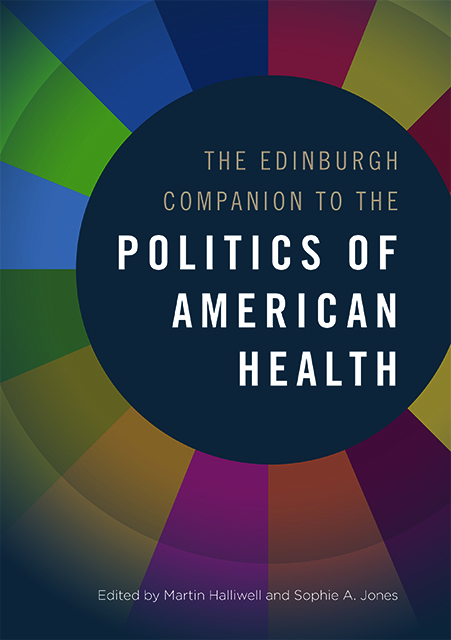Book contents
- Frontmatter
- List of Contents
- Notes on Contributors
- Introduction: The Political Landscapes of American Health, 1945–2020
- I Geography, Community and American Health
- II Critical Health Conditions: Debates and Histories
- III The Politics of Children's Health
- IV The Institutional Matrix of Health Care
- V The White House, Congress and Health Reform
- VI Justice, Ethics and American Health
- VII Public Health and Global Health
- General Bibliography
- Index
6 - The Politics of Polio Vaccination in Postwar America, 1950–60: Detractors and Defenders
Published online by Cambridge University Press: 12 August 2023
- Frontmatter
- List of Contents
- Notes on Contributors
- Introduction: The Political Landscapes of American Health, 1945–2020
- I Geography, Community and American Health
- II Critical Health Conditions: Debates and Histories
- III The Politics of Children's Health
- IV The Institutional Matrix of Health Care
- V The White House, Congress and Health Reform
- VI Justice, Ethics and American Health
- VII Public Health and Global Health
- General Bibliography
- Index
Summary
In May 1954, America's leading polio charity, the National Foundation for Infantile Paralysis (NFIP), sponsored a large clinical trial to assess a vaccine developed by Dr Jonas Salk. When the results were finally tabulated by April 1955, millions of Americans eagerly awaited the announcement. Coverage of the final vaccine report was broadcast to select cinemas across the nation for the edification of physicians, while throngs of reporters jostled to witness the event. Anticipation was high as the chief field trial evaluator declared the vaccine to be ‘safe, effective, and potent’. While this event marked an important milestone in the eradication of polio, it hints at wider social, political and cultural issues that shaped the reception of the vaccine. Despite the efficacy of the Salk vaccine and its important contribution to the eradication of polio in the United States, it was subjected to a range of criticisms that undermined its acceptance. In what ways was the Salk vaccine targeted by detractors and what do these critical discourses reveal about the politics of vaccination in America?
The history of polio in the United States has attracted considerable scholarly attention. Historians have examined the medical research story, the rivalries between scientists and the influence of the NFIP. They have also examined the experiences of polio patients, their health and social challenges, and the important contributions made by nurses, physicians, therapists and lay practitioners. Regional histories have offered further nuance by exploring the impact of polio epidemics on local communities. While these accounts are important and have helped shed light on the wider impact of polio, historians have only started to explore the political, cultural and media discourses surrounding the vaccine and how it was framed during its development, testing and licensing. Through the use of archival records, interviews and historic newspapers, this chapter explores historical perspectives on vaccination against polio and how they affected reception of the Salk vaccine. Although the vaccine proved effective at preventing polio, recollections of early research failures, unresolved scientific debates, media sensationalism, public apathy and the privatized nature of medicine created opportunities for contestation over the safety and efficacy of the vaccine. As Salk's primary sponsor, the NFIP played a crucial role in defending and advancing the vaccine program.
A New Vaccine in an Age of Anxiety
The Salk vaccine was targeted by detractors for several reasons.
- Type
- Chapter
- Information
- The Edinburgh Companion to the Politics of American Health , pp. 105 - 119Publisher: Edinburgh University PressPrint publication year: 2022

